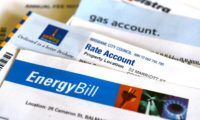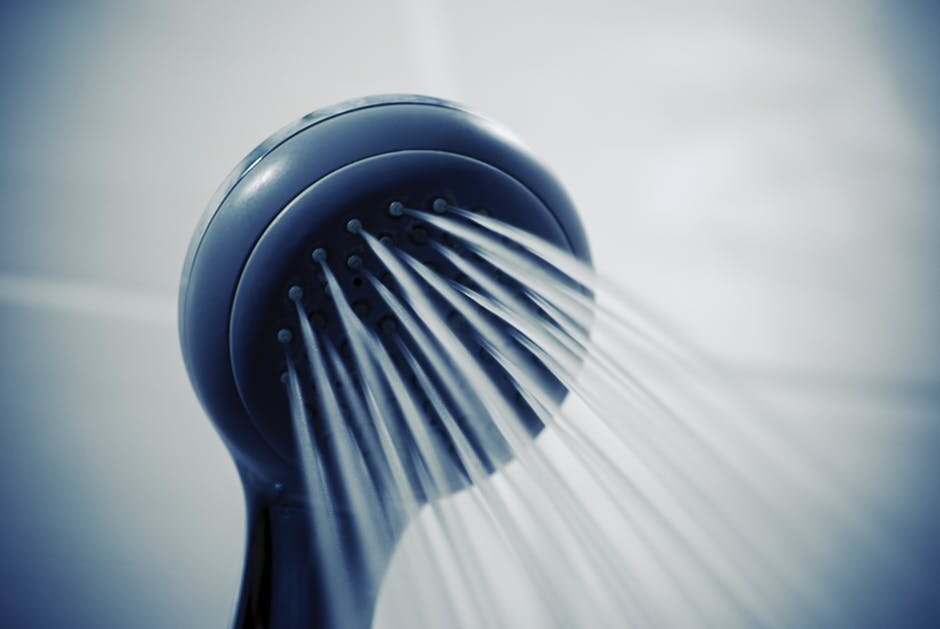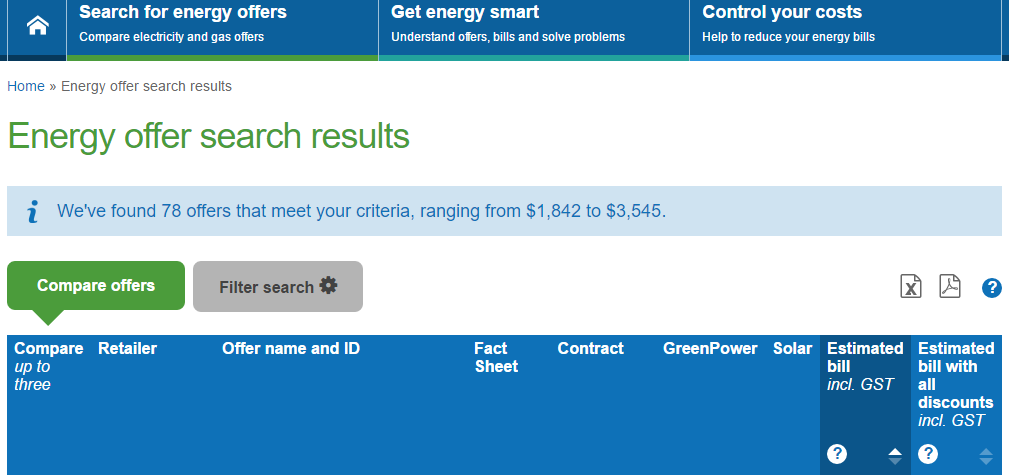When you go solar, you’ll need to adjust the way you use your appliances to ensure you make the most of the energy coming from your solar panels. Here are a few simple things you can do to reduce maximise your solar energy usage – and your energy bill savings.
 Make sure you understand your bill
Make sure you understand your bill
Firstly, some people may become disheartened when they see their first energy bill after they get solar; while they may have anticipated (or been promised) ‘no more electricity bill‘, it’s not that easy to reduce a bill down to nothing.
Usage vs supply charges
The main reason for this is that your electricity bill is made up of two primary components – your ‘usage’ or ‘consumption’ charge (i.e. the charge for each unit of electricity that you use), and your ‘supply’ charge (which is a charge you pay for just for being connected to the grid).
While you may be able to ‘offset’ your daytime consumption charges by using solar instead of the grid, supply charges can only be reduced by racking up solar feed-in credits (see below) – but completely eliminating this charge through feed-in credits would generally require installing a huge solar system, which may be impractical or unaffordable.
Usage charges vary from state to state and retailer to retailer, but 25c per kilowatt-hour (25c/kWh) is a fairly representative rate for most of the country. Supply charges range from 50c/day to about $1.50/day – again depending on location and electricity company. When shopping around for an energy supplier (for example, on EnergyMadeEasy.gov.au), ensure you know how much these charges will be before making the switch.
Solar feed-in rates
The other thing to look for in a retail electricity plan is the solar feed-in rate – the rate that you are paid for sending solar energy back into the grid. This rate also varies by retailer and location, but it is almost always lower than the usage charge rate – which means that you’ll actually save more money by ‘self-consuming‘ your solar energy. It’s best to think of your feed-in credits as a bonus on top of the savings you achieve through solar self-consumption.
Use your appliances wisely
Once you fully understand your electricity bill and know that you’re getting the best deal, the next step is to maximise your solar usage within your home. Although it depends in part on the tilt & orientation of your solar panels, generally speaking the best time to run your appliances is between 10am and 3pm, when the sun is high in the sky. If you have a pool pump, for example, you can set your timer to operate between these times.
When it comes to household appliances such as washing machines and dishwashers, stagger their running times throughout this period to ensure that they use solar energy instead of grid energy. Keep in mind if it’s a cloudy, rainy day your solar won’t produce as much solar energy as a sunny day, so where possible it may make sense to delay their use for another day.
Use your ‘solar dryer’ where possible by hanging your clothes on the line or using a clothes horse on a rainy day. When using your dryer, keep it to a minimum and try and operate it between 10am and 3pm. If you are not available between those times and if your appliance doesn’t have a timer switch you can buy a timer socket and set when you want your appliance to come on. Timer sockets are great, and have come a long way in recent years; you can even get some that come with an app that allows you to control your appliances when you’re out and about. This is great for preheating the house when you’re on the way home from work on those chilly winter days.
 Hot water is another big energy drainer; if you can’t wait for the sun to come up before you hop in the shower, ensure you minimise the time you spend in there. It’s tempting to stand under the shower to heat up in the morning, but this will use a lot more energy than jumping out and standing under a heat lamp. For those who don’t have a solar hot water system or for those who can’t take a shower after 10am, use timers to keep your shower times to a minimum.
Hot water is another big energy drainer; if you can’t wait for the sun to come up before you hop in the shower, ensure you minimise the time you spend in there. It’s tempting to stand under the shower to heat up in the morning, but this will use a lot more energy than jumping out and standing under a heat lamp. For those who don’t have a solar hot water system or for those who can’t take a shower after 10am, use timers to keep your shower times to a minimum.
Operating your appliances in this way will keep your annual running costs down by using your solar energy rather than grid energy.
Calculate your usage costs
If you’re curious to find out the annual running cost of an appliance in your home, check out the Save Energy Save Money website. Simply input the model number of your appliance into the search bar and the annual running cost of your appliance will appear.
- Tips for maximising your solar savings - 30 May, 2017
- Adapting your home’s solar energy usage for autumn - 27 April, 2016

